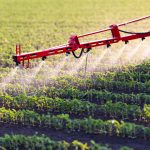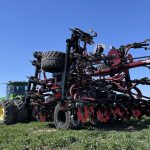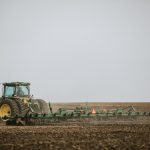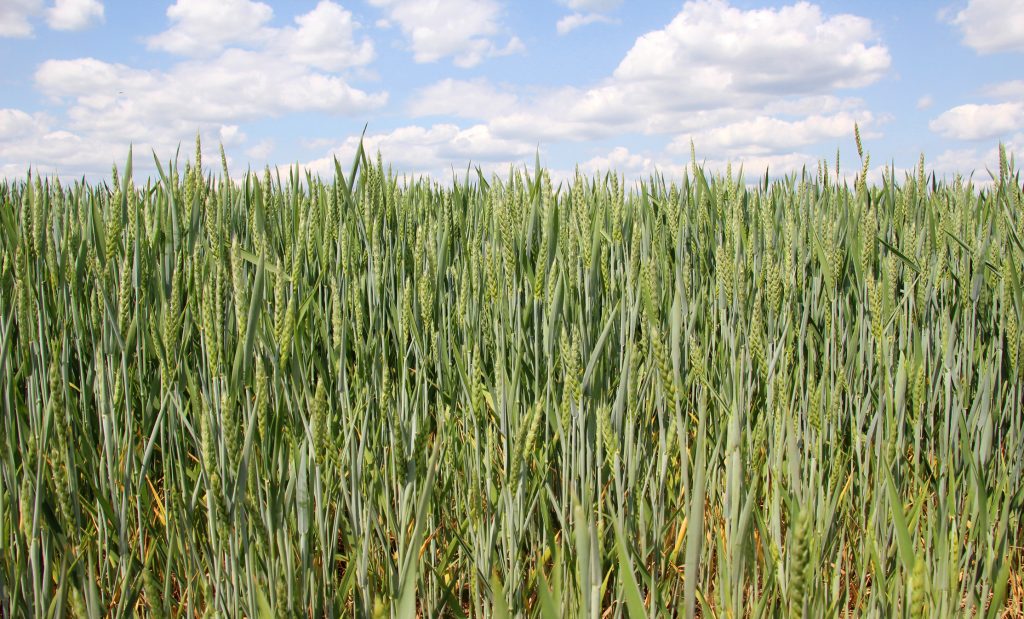The middle to end of summer on the farm is a time for watching and waiting. Crops are nearing maturity and almost ready for harvest, there’s little to be done by way of weed management or soil conditioning – so this is a perfect time for farmers to get on with some essential farm machinery maintenance.
Getting ahead on machinery maintenance now means harvest time and subsequent fall planting will be smooth sailing – and by the time winter bites, your equipment will be tucked up warm in the barn, ready to swing back into action in the spring. Ensuring your farm machinery is kept in good working order can also extend its lifespan.
With that goal in mind, here are 5 essential farm machinery maintenance jobs to carry out during these quieter days of summer:
1. Analyze fluid quality
A bit like a blood test for humans, analyzing the fluids – like engine oil or hydraulic fluid – in your machines is a way to assess their health and ultimately, their lifespan. Since you probably topped up your fluids right before the planting season, having them analysed midcycle is a great way to know if the products you’re using to lubricate moving parts are holding up under your specific farm conditions, and whether they’ll be good throughout harvest and fall planting before needing to be topped up again.
And it’s not just the fluid itself – if a component is contaminated or starting to fail, the evidence will be there in the fluid long before you notice any visible or audible signs of a problem. Having your fluids tested is a valuable tool for identifying potential issues before they cause problems in the field.
Fluid analysis laboratories are widely available and even in remote locations, you can have your fluid samples analysed by mail. Most labs will provide free, easy-to-use kits for submitting a sample and the overall process is both simple to do, and inexpensive.

2. Check and adjust tires
You’ve heard the saying ‘no foot, no horse’? Well the same holds true for farm machinery and tires – and paying attention to the condition and pressure of your tires now can pay dividends for soil health later on.
Checking for punctures and signs of wear is a given – but overlooking tire pressure can undo years of careful soil structure management, so it’s vital to ensure that the pressure is right not just for your tractor, but also for the loads it will be pulling.
Manufacturers do provide information about the weight of their machines and components so it’s possible to do an ‘on paper’ weight calculation, but by far the best way to know the loaded and unloaded weight of your equipment is to borrow a platform scale and weigh it. Accurately knowing the weight of your tractor and attached implements not only means you can ballast accurately for best traction, it also means you can select the right tire and pressure for your load/speed requirements.
Using the lowest tire pressure possible for your required load and speed ensures minimal soil compaction without causing undue wear and tear on tires or using too much fuel. These calculations may seem time consuming, but you only need to do them once – then you can simply refer to the manufacturer’s guidelines and adjust tire pressure for soil conditions in the future.
3. Inspect chains and belts
Belts and chains are vital components for power transfer in farm machinery, but over time they can stretch or even slip, causing reduced efficiency and potential breakdowns. It’s important to perform regular checks on these components so you can spot any problems early, and make the call on whether to replace a belt mid-season, or wait until harvest/fall planting are complete.
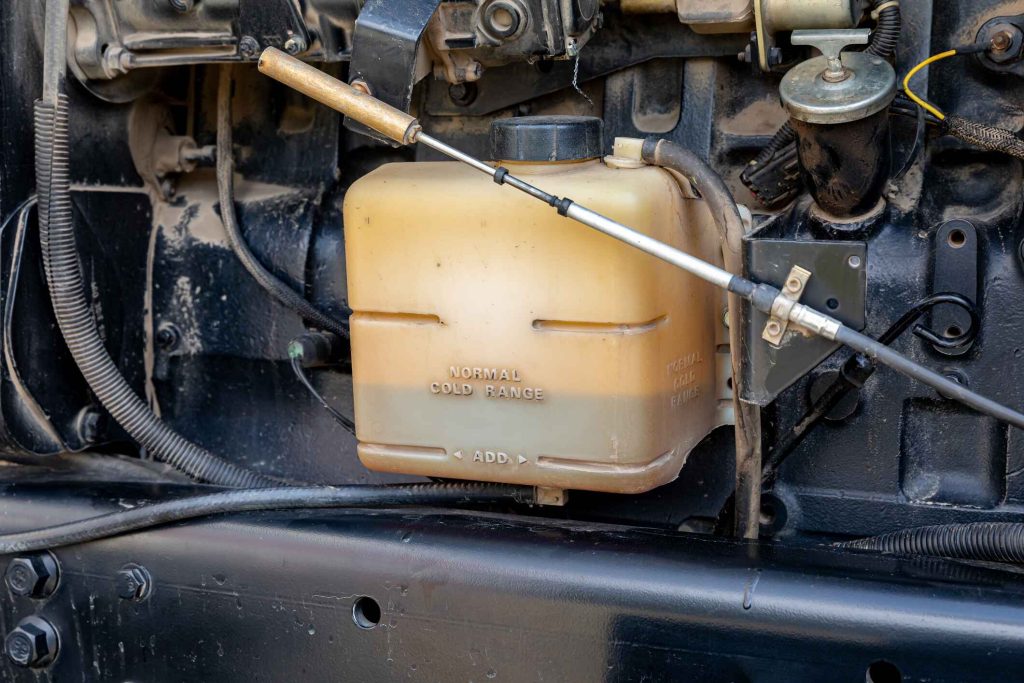
4. Check cooling systems
Engine coolant is often referred to as antifreeze, but it’s actually just as important in hot weather as in cold. Most newer tractors are liquid cooled which means they use a coolant fluid, circulated throughout the engine by a water pump to a radiator, where heat generated during engine combustion is transferred from the fluid to the air with the help of powerful fans. The cooled fluid is then re-circulated to prevent overheating when the engine is under load. This process happens over and over again and every time it does, a proportion of the protective additives in the coolant are consumed, reducing its quality over time. If the coolant is not refreshed or replaced, this loss of protective additives can lead to corrosion and electrolysis in the engine.
It’s important to ensure all components of the cooling system including the radiator, radiator cap, fan system and pump drive belts are kept clean and in good order. You should also select the right type of coolant for your machine based on the manufacturer’s guidelines, and make sure levels are kept topped up – taking care to follow the correct concentrate to water ratios.
NEVER mix coolants containing propylene glycol with ethylene glycol-based formulas, as this can cause a buildup of harmful deposits inside the engine.
5. Service air conditioning systems
Whether it’s harvesting in late summer heat or planting in strong spring sunshine, nothing gets a farmer hot and bothered like an overheating tractor cab. Servicing your air conditioning system regularly means you’ll stay cool when it counts.
All air conditioning systems will leak refrigerant very slowly, so they’ll need re-gassing periodically by a specialist. The system should be drained, cleaned and re-gassed annually for optimal performance. Don’t be tempted to put this off, especially if you notice a drop in cooling power, because as with all fluids, a reduction in the quality of your refrigerant as it ages can cause expensive damage to the AC system as a whole.
In between professional services, you can ensure your system stays on point by keeping the cabin filters and condenser coils clean. Make sure all hoses are flowing freely and not perished, cracked or damaged by rodents. Over winter, it’s a good idea to turn on your AC for 15 minutes once a month, to prevent perishable parts such as hoses and o-rings from drying out in cold weather.
Replacement tillage and planting parts
It goes without saying that a part of farm machinery maintenance is regular inspection and replacement of ground engaging components and other wear parts. If you’re satisfied that all routine maintenance tasks are under control and you’re looking to have some new tillage or planting parts on hand ahead of the new season, locate your nearest Wearparts dealer!




